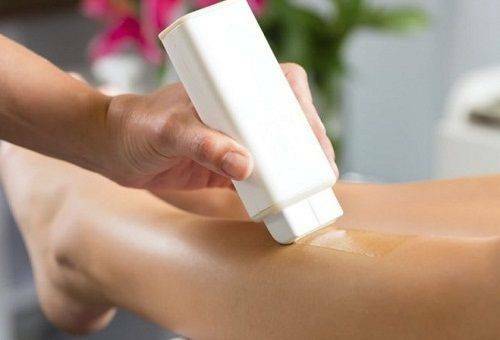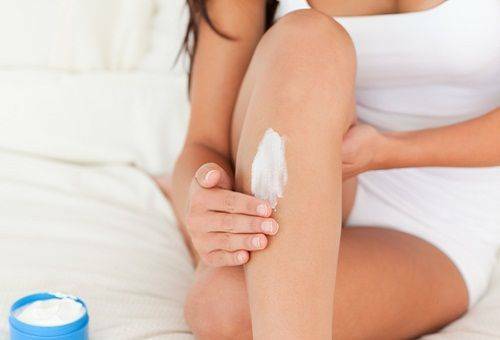Home hair removal, during which wax is used, is convenient, effective, safe and economical. But to get full satisfaction from the approach it is necessary to learn how to carry out the procedure so that after its termination on the processed site there are no traces left. It is best to anticipate in advance all the possible negative effects of depilation, rather than trying to remove the remnants of the active product from the skin surface. The main thing is not to succumb to laziness and not leave everything as is, it is fraught with the appearance of allergies, irritation or inflammation.

Secrets that will help prevent the formation of wax deposits on the skin
The procedure of epilation will go smoothly and will not leave undesirable consequences in the form of adherent wax if you follow the following recommendations:
- When using wax strips or other variants of the finished product, preference should be given to the sets inwhose composition includes special wipes. They are impregnated with substances that are able to remove the wax remaining on the skin without a trace.
- The use of cassette wax is particularly specific. It needs to be spread over the surface of the skin in a very thin layer, removing the excess as it is used. Especially for home depilation you need to stock yourself with a soft and very greasy lotion that will remove the product without problems.
- Removal of wax residues should be done after each treatment. If you do not wash the product out in time, it will dry up and stain, provoking the appearance of bruises.
- Never attempt to remove frozen or solidified wax with water. This will not give a positive effect, the sticky mass will only become denser, which will complicate the process of its removal.
- When depilating the product should not be applied superficially, but firmly pressed against the hairline. Only in this case the bulk of the composition will leave the skin along with undesirable vegetation.
- Problems after waxing will be much less if you do not try to use a large number of active ingredients in one approach. This not only is fraught with the formation of unnecessary remains, but also significantly reduces the effectiveness of the approach, becausethe preparation can not dry out evenly and completely.

Compliance with these rules does not guarantee the complete absence of wax on the skin after the depilation has been completed, but considerably simplifies the procedure for its elimination.
Tools and manipulations that can quickly get rid of wax traces
If after removing the strips on the surface of the skin there is still a little product left, it can be completely removed with the help of one of the following:

- Vegetable oil. We take wadded disks, we moisten them in a slightly warmed olive or sunflower oil, wipe the wax with wiping movements. We change wadded disks, until it is completely possible to wash the mass off the surface of the skin.
Tip: It is recommended to use unrefined vegetable oil for processing. When using oil-based cosmetic compounds, the consequences can be quite unpredictable.

- Very greasy cream. The product is put on a cotton pad and they distribute the mass in the problem area with residual effects after depilation. Do not wipe the composition, apply a few more layers of cream and wait a couple of minutes. Then we take a clean dry cotton wool sponge and begin to wash the product. So repeat until you can not remove all signs of stickiness.
- Fat moisturizing lotion. We apply an active mass to the epilation area and leave it for a couple of minutes. As soon as it becomes obvious that the wax has begun to give in( it literally starts to slide over the skin), wipe off all with dry napkins and rinse the area with cool water.
- Fen and wet wipes. Very effective, but rather dangerous approach. If you do not get rid of the frozen product, then we direct a stream of warm air from the dryer to it. After melting the composition, remove it with a dry napkin. Act carefully! Do not over-heat or use it on a site with droplets of moisture and cosmetics. This may cause a burn.

In the process of processing the problem zone, it is forbidden to apply peelings and scrubs, it is useless to rub the place with a stiff washcloth or scrape with a blunt knife. Such aggressive approaches will deliver a lot of unpleasant minutes without guarantee of obtaining the desired result. After the desired effect is obtained, the skin must be treated with a moisturizing cream or a special composition that slows the growth of the fibers. This will soothe the skin and prevent irritation.
If the proposed manipulations did not help, you will have to turn to professionals. It is not necessary to hope, that pieces of wax will fall off independently as a result of a friction. This can and will happen, but only against the background of a high risk of inflammation of the hair bulbs.



